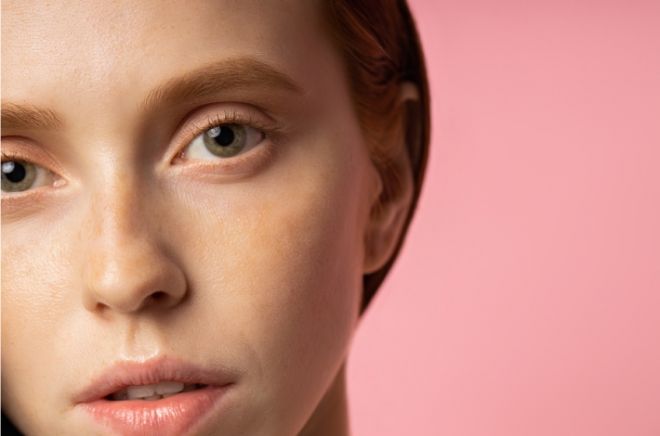The emotions on our faces are as varied and rich as the faces themselves. Different movements – such as raised eyebrows or an open mouth – can transmit two different types of information at the same time, according to a publication in Sciencealert. A frown can convey both general information (such as negative emotions) and a specific emotional category (such as sadness. This is called multiplexing.
The new study gathered 100 volunteers and, using a sophisticated graphical software platform, showed them various computer-generated faces. The volunteers then had to record the emotions that these people expressed. “This study aims to address the fundamental question of how facial expressions solve the complex signaling task of conveying emotional messages,” said Rachel Jack of the University of Glasgow in the UK. “Using computer-generated faces combined with subjective responses to human perception and new analytical tools, we show that facial expressions can convey complex combinations of emotional information through multiplexed facial signals.” Here are the six basic human emotions they had to place the images of the people they saw in one of six categories traditionally used to group emotions: happiness, surprise, fear, disgust, anger, and sadness. They also had to indicate whether any assessment was made of those persons, whether positive or negative, or how the person was “activated”.
Facial movements that combined category and dimension were then labeled multiplexed. Of the 42 different facial movements – from closing the eyes to lowering the jaw – 26 received multiplex evaluation. This study raises several interesting questions at the same time – not least about how we perceive emotions when they are expressed on other people’s faces. Do qualities like negative coloring help us recognize a category of emotions such as sadness? Researchers hope to conduct a brain scan of participants in the future to study the issue more closely. After all, we rely on deciphering other people’s emotions since our species existed, and the credit for that goes to our brains. The results of the study may be useful in the distant future – for robots and virtual reality. “These results will help us develop social interactive artificial intelligence, including social robots and digital avatars, to improve their signaling capabilities,” said Jack.












